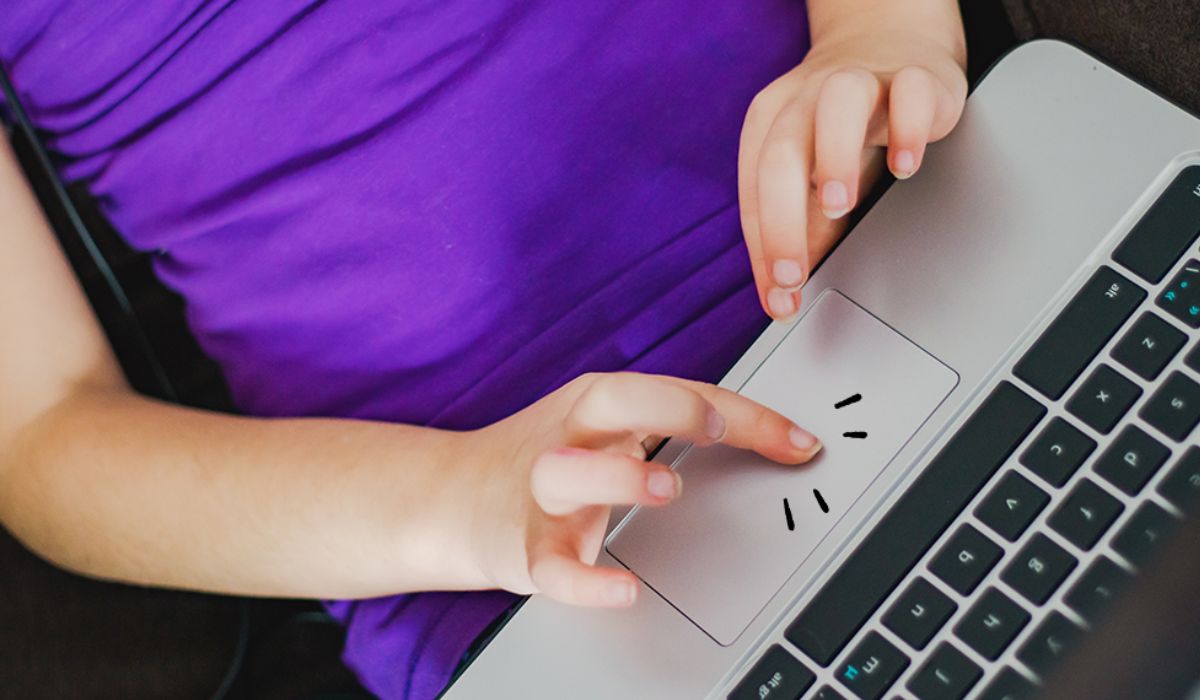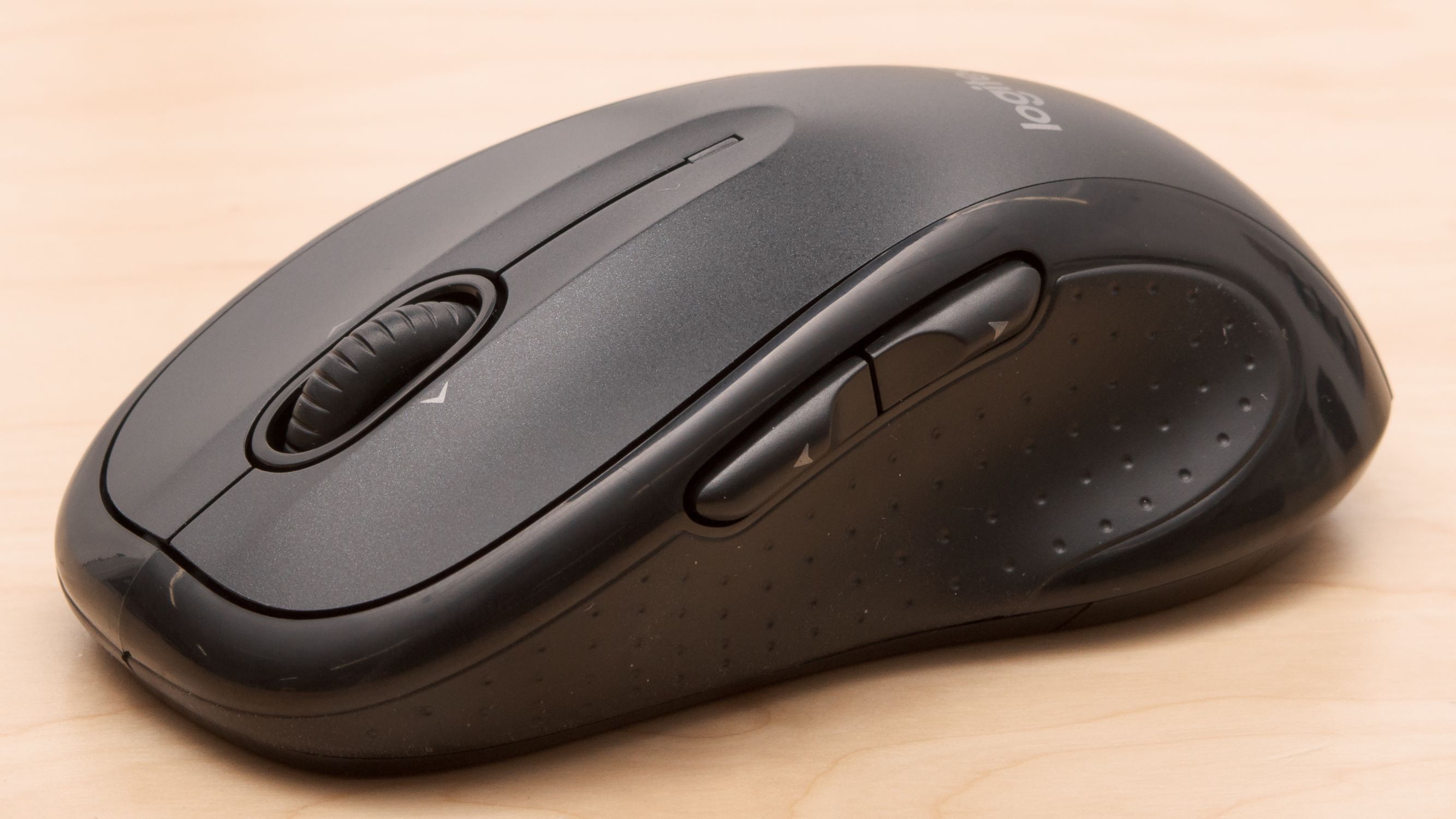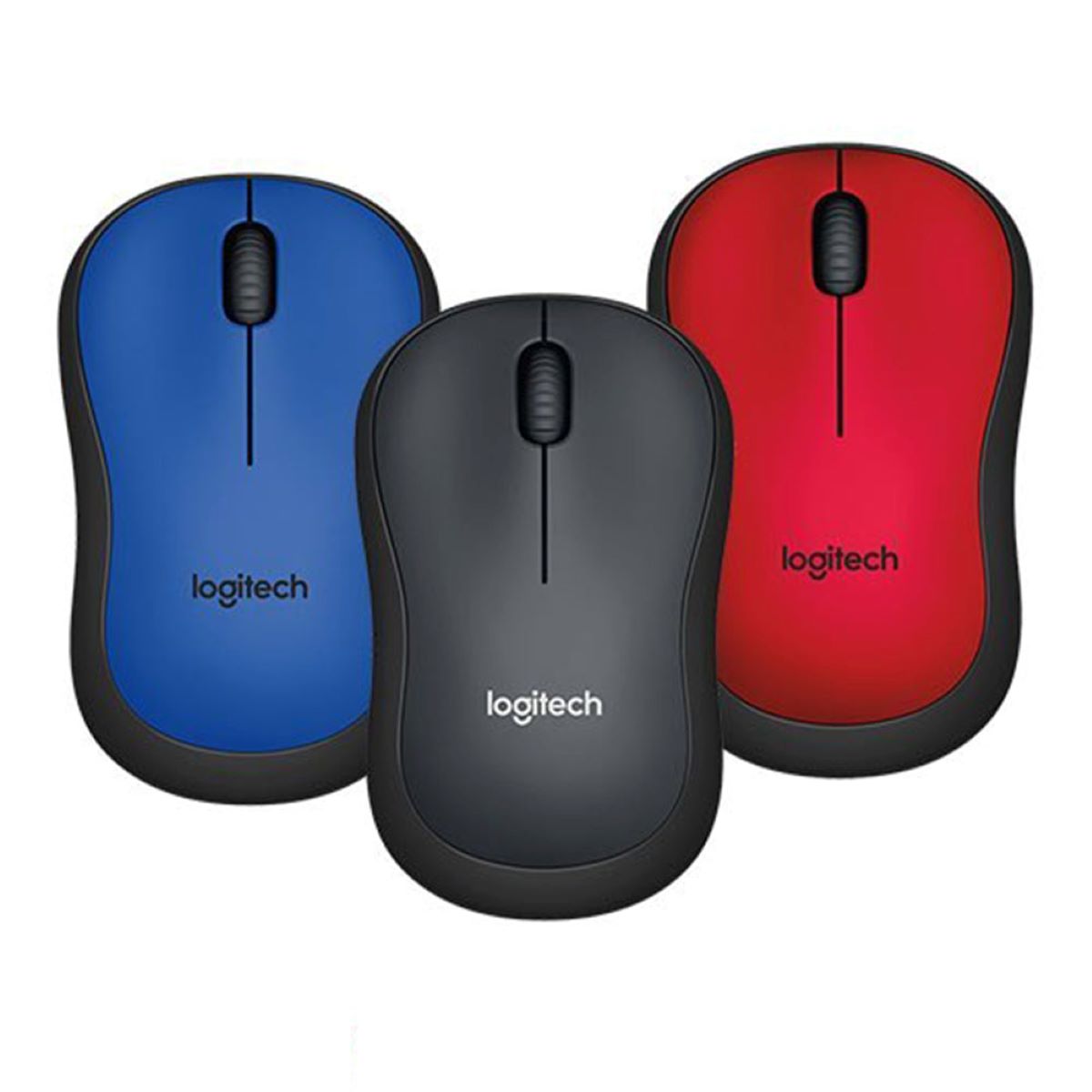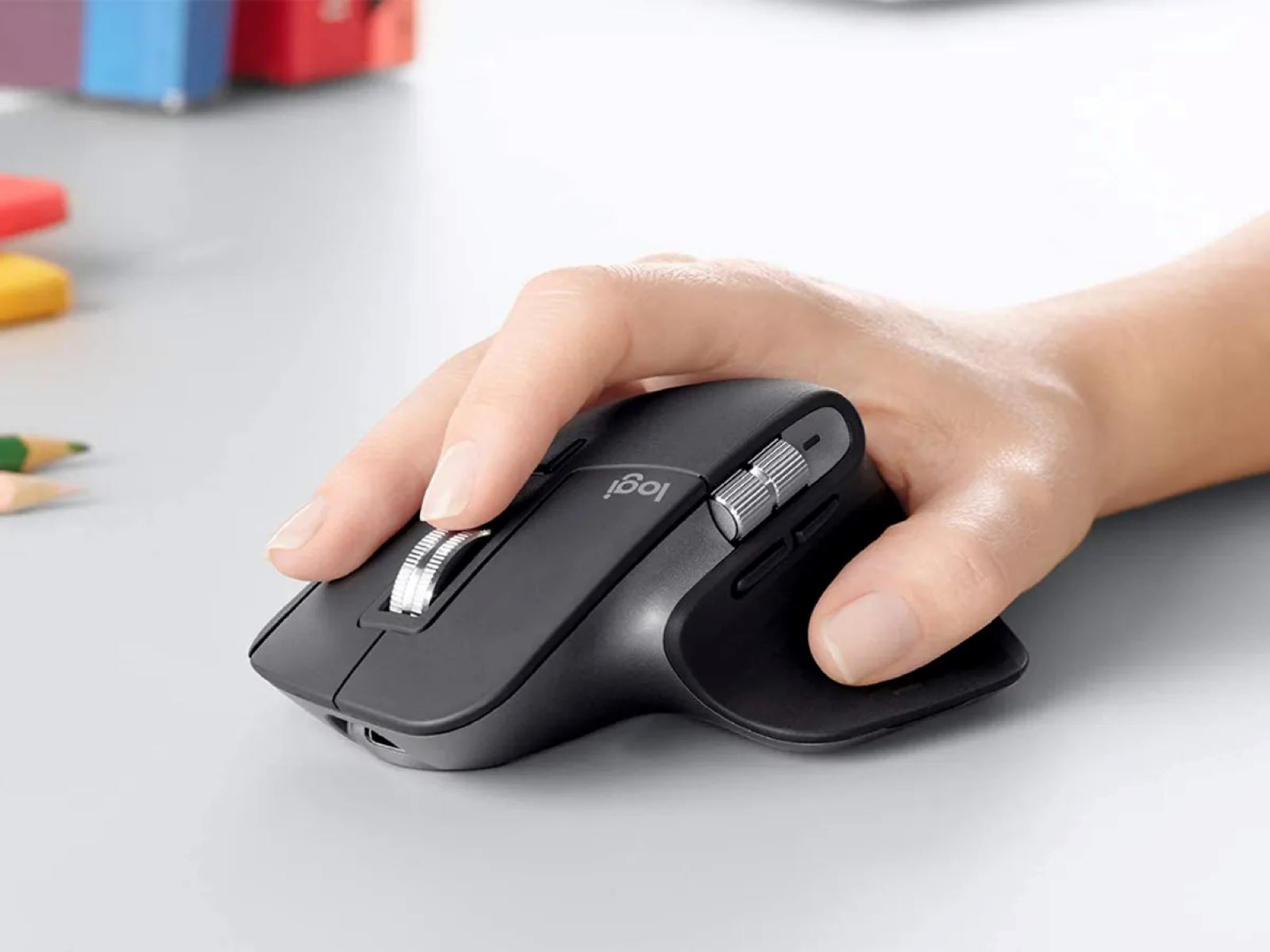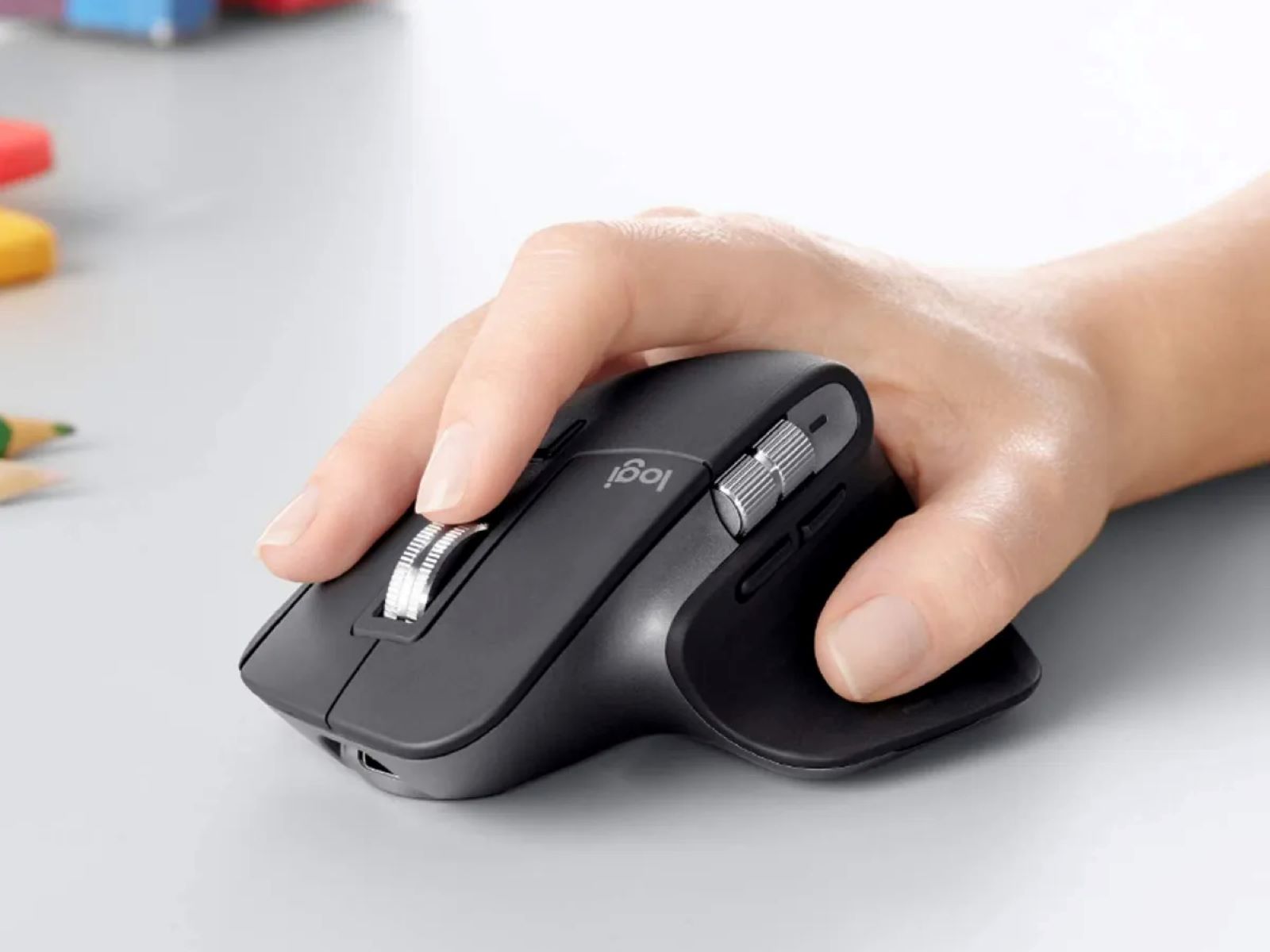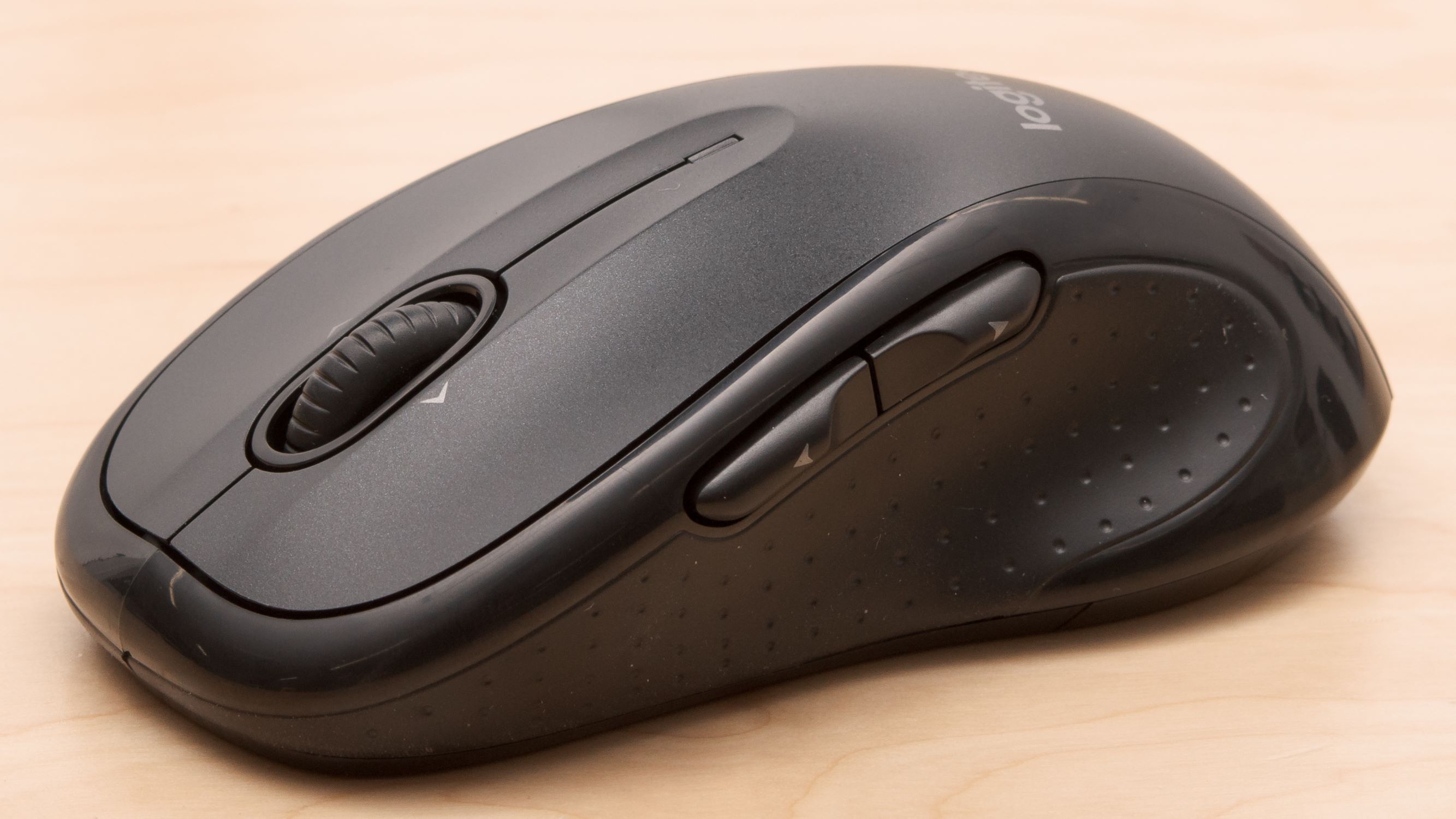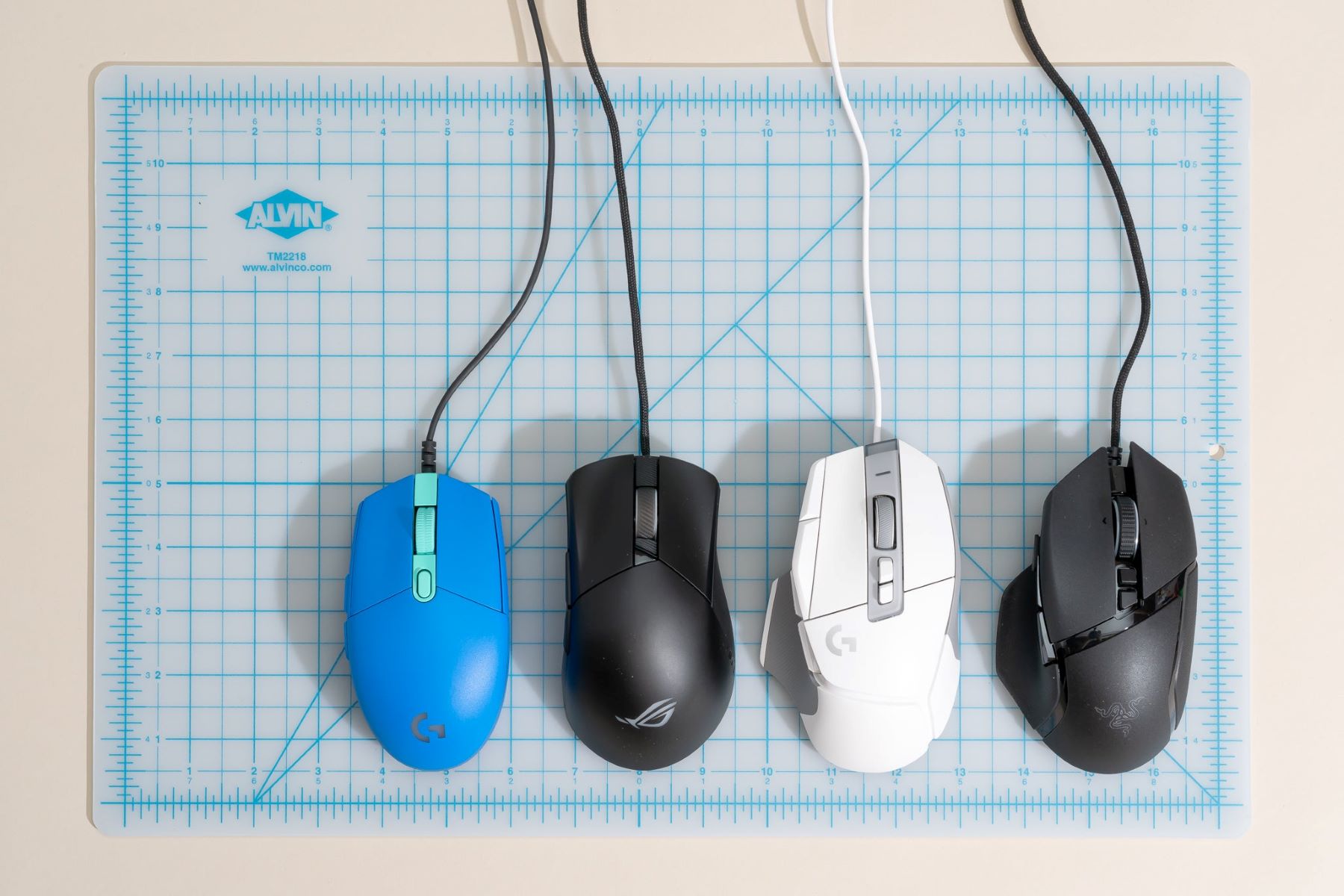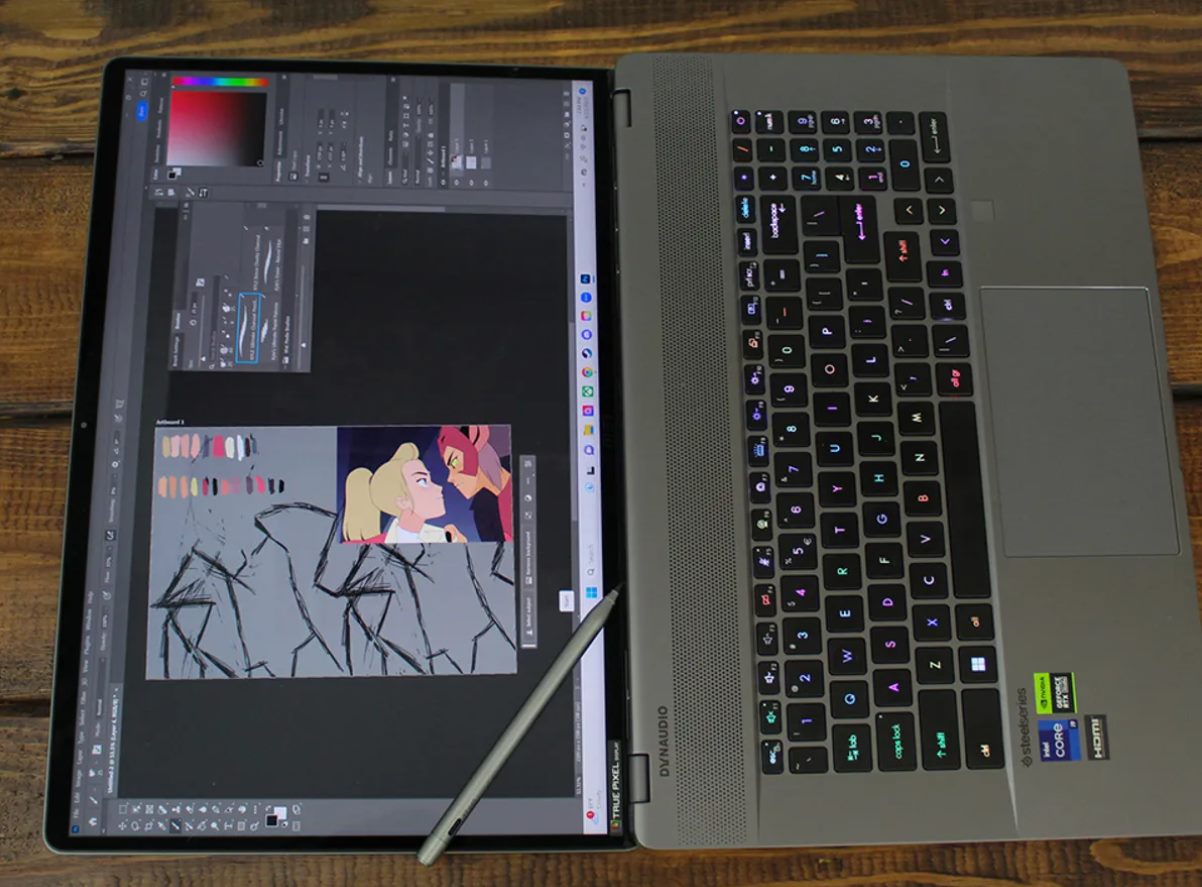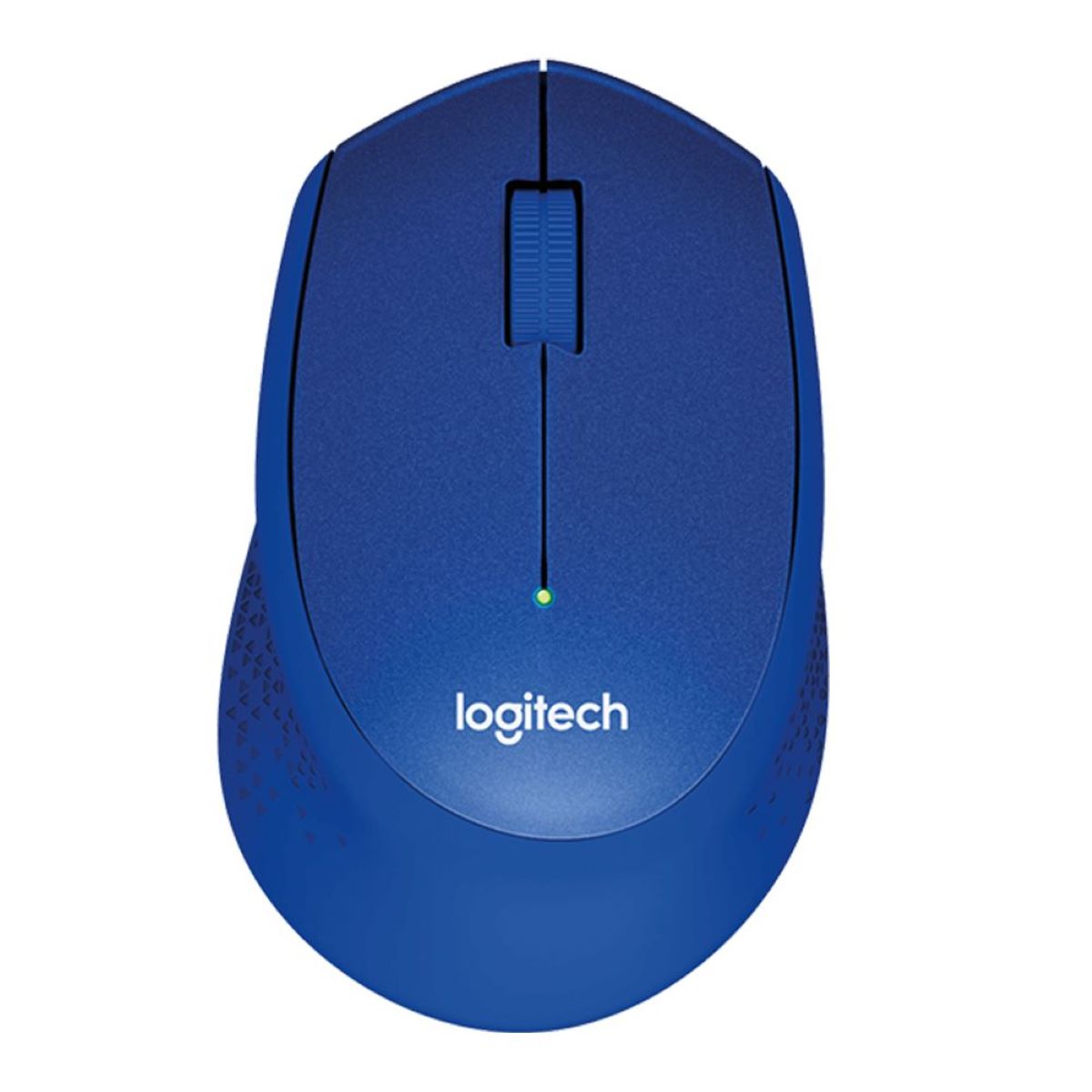Introduction
Are you experiencing frustration with your Chromebook's mouse pad suddenly ceasing to function? You're not alone. This common issue can disrupt your workflow and hinder your productivity. However, there's no need to worry, as there are several potential reasons for this problem, as well as effective solutions to resolve it. By understanding the underlying causes and implementing the appropriate fixes, you can swiftly regain control of your mouse pad and get back to using your Chromebook seamlessly.
This article delves into the possible reasons why your mouse pad may stop working on your Chromebook and provides practical solutions to address these issues. Whether it's a software glitch, a hardware malfunction, or a simple oversight, we'll explore the most common culprits behind mouse pad malfunctions and guide you through troubleshooting steps to rectify them.
So, if you've ever found yourself perplexed by an unresponsive mouse pad on your Chromebook, read on to uncover the potential causes and discover the effective remedies to restore your mouse pad's functionality. Let's troubleshoot and reclaim the smooth navigation and effortless control that your Chromebook's mouse pad should provide.
Possible Reasons for Mouse Pad Not Working
When your Chromebook’s mouse pad stops working, it can be attributed to various factors, ranging from software-related issues to hardware malfunctions. Understanding the potential reasons behind this inconvenience is crucial in effectively addressing the problem. Here are the common culprits that may lead to an unresponsive mouse pad on your Chromebook:
- Software Glitches: The mouse pad may cease to function due to software glitches or conflicts. Updates to the Chrome OS or installed applications can sometimes disrupt the mouse pad’s functionality, leading to unresponsiveness or erratic behavior.
- Driver Issues: Outdated or corrupt mouse pad drivers can cause it to stop working properly. Incompatibility with the Chrome OS or conflicts with other drivers can also contribute to this issue.
- Physical Damage: Accidental damage or wear and tear over time can impact the mouse pad’s functionality. Physical damage to the mouse pad or its connecting cables can result in unresponsiveness or erratic behavior.
- Settings Misconfiguration: Inadvertent changes to the Chromebook’s settings or mouse pad preferences can lead to unexpected issues. Misconfigured settings may render the mouse pad unresponsive or alter its behavior.
- Battery Drain: Insufficient battery power can sometimes cause the mouse pad to stop working. When the Chromebook’s battery is critically low, certain components, including the mouse pad, may become unresponsive.
By identifying the potential reasons behind your Chromebook’s mouse pad malfunction, you can proceed to troubleshoot and implement the necessary solutions to restore its functionality. Now that we’ve explored the common causes of mouse pad issues on Chromebooks, let’s delve into effective solutions to rectify these problems.
Solutions to Fix Mouse Pad Issues on Chromebook
Resolving mouse pad issues on your Chromebook involves implementing targeted solutions based on the underlying causes. By addressing the potential reasons for the malfunction, you can effectively restore the functionality of the mouse pad. Here are practical solutions to fix mouse pad issues on your Chromebook:
- Software Updates and Reset: Ensure that your Chrome OS and all installed applications are up to date. Performing a system reset can help resolve software conflicts that may be affecting the mouse pad’s functionality.
- Driver Updates: Check for updates to the mouse pad drivers and ensure that they are compatible with the Chrome OS version on your Chromebook. Updating or reinstalling drivers can address driver-related issues.
- Physical Inspection: Examine the mouse pad and its connecting cables for any signs of physical damage. If damage is detected, consider seeking professional assistance for repairs or replacement.
- Settings Adjustment: Review the Chromebook’s settings and mouse pad preferences to ensure that they are configured correctly. Restoring default settings or making necessary adjustments can resolve misconfiguration issues.
- Battery Charging: If the mouse pad becomes unresponsive due to low battery power, connect your Chromebook to a power source and allow it to charge. Once the battery is adequately charged, the mouse pad should regain functionality.
By implementing these solutions, you can effectively troubleshoot and resolve mouse pad issues on your Chromebook. Whether it’s addressing software conflicts, updating drivers, inspecting for physical damage, or adjusting settings, taking proactive steps can help restore the smooth operation of your Chromebook’s mouse pad. Now that we’ve explored the practical solutions to address mouse pad issues, you can confidently navigate through the troubleshooting process and regain control of your Chromebook’s mouse pad.







